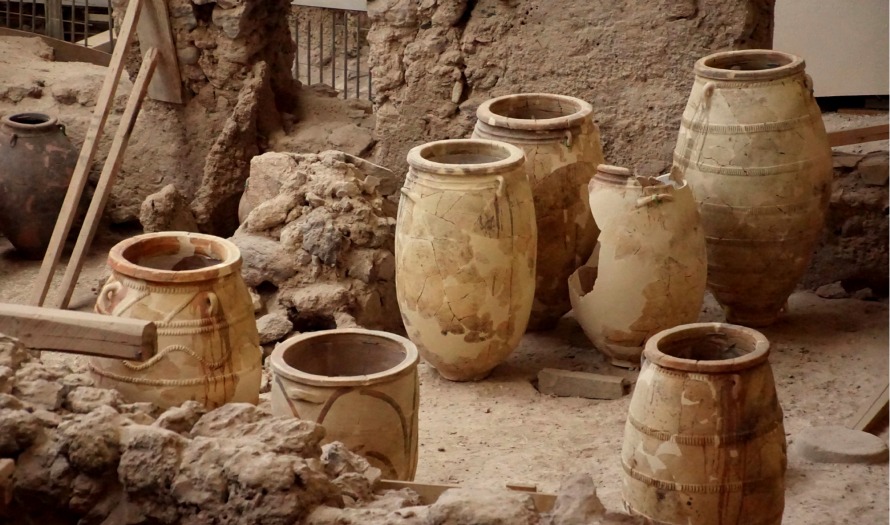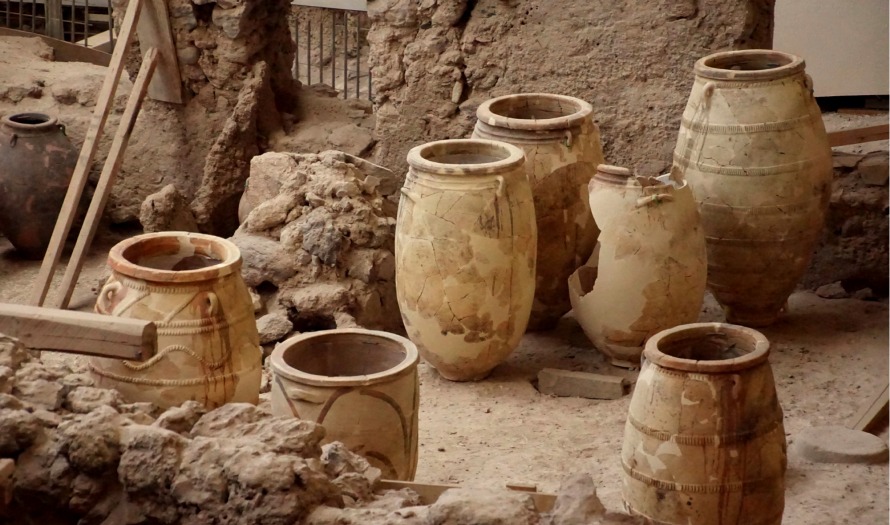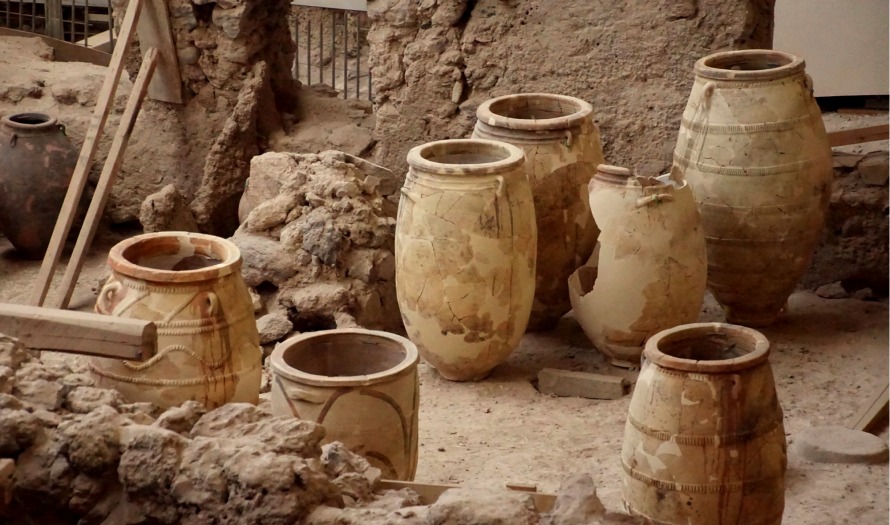General information
Gialos, the Old Port, lies below Fira, nestled at the foot of a rocky cliff. In this tiny port the boats transfer visitors from the cruise ships and then they go up to Fira using the cable car. From here you can also board the caiques for a day trip to the volcano and Therassia island.
The pilot boats of Gialos
An interesting text of writer Tasos Ch. Karavias from the book “Santorini”, of Michael Danezis/1971 and editor Emm. A. Lignos, gives us a vivid picture of how Gialos used to be.
Mule drivers
Mule drivers served tourism as soon as the tourist development of the island had started. In the past when the port of Athinios had not been built yet, the only access was through Gialos of Fira and the ports of Oia.
- General information
-
General information
Gialos, the Old Port, lies below Fira, nestled at the foot of a rocky cliff. In this tiny port the boats transfer visitors from the cruise ships and then they go up to Fira using the cable car. From here you can also board the caiques for a day trip to the volcano and Therassia island.
- The pilot boats of Gialos
-
The pilot boats of Gialos
An interesting text of writer Tasos Ch. Karavias from the book “Santorini”, of Michael Danezis/1971 and editor Emm. A. Lignos, gives us a vivid picture of how Gialos used to be.
- Mule drivers
-
Mule drivers
Mule drivers served tourism as soon as the tourist development of the island had started. In the past when the port of Athinios had not been built yet, the only access was through Gialos of Fira and the ports of Oia.
Therefore the only way for transporting passengers and cargo was using animals.
Even at present day in several villages where access is only through step paths, supplies and construction materials are transported by donkeys and mules.
The preparation of the animals takes place within a fenced yard. The driver puts on top of the horse one or more carpets so it is not hurt from the direct contact to the saddle. The saddle consists of a “pisilina” placed on the horse’s tail and the “kapistri” which is the rope placed on its neck. The saddle is secured with a strap called “nigla” underneath the horse’s belly.
The bridles are straps shaping a skeleton of a horse’s head and those when placed on it allow the driver to control it. In order to decorate and beautify the animal, he places bells with beads on the animals neck and an amulet on its forehead. When everything is ready the driver is equipped with a “krania” which is a piece of a long, thin beech wood with a leash used to poke the animal into going faster.
* Extract from Fira’s high school work on Santorini of the past. Professor in charge: Christophoros Mindrinos.

Therefore the only way for transporting passengers and cargo was using animals.
Even at present day in several villages where access is only through step paths, supplies and construction materials are transported by donkeys and mules.
The preparation of the animals takes place within a fenced yard. The driver puts on top of the horse one or more carpets so it is not hurt from the direct contact to the saddle. The saddle consists of a “pisilina” placed on the horse’s tail and the “kapistri” which is the rope placed on its neck. The saddle is secured with a strap called “nigla” underneath the horse’s belly.
The bridles are straps shaping a skeleton of a horse’s head and those when placed on it allow the driver to control it. In order to decorate and beautify the animal, he places bells with beads on the animals neck and an amulet on its forehead. When everything is ready the driver is equipped with a “krania” which is a piece of a long, thin beech wood with a leash used to poke the animal into going faster.
* Extract from Fira’s high school work on Santorini of the past. Professor in charge: Christophoros Mindrinos.

info
